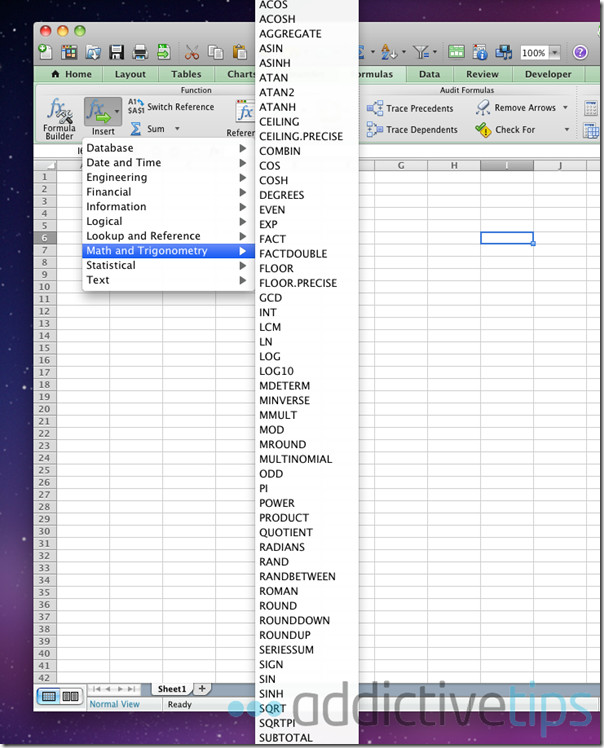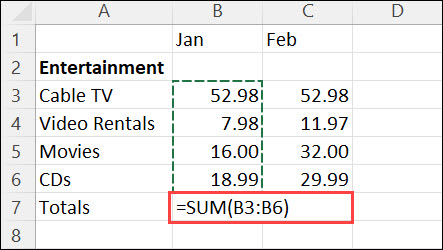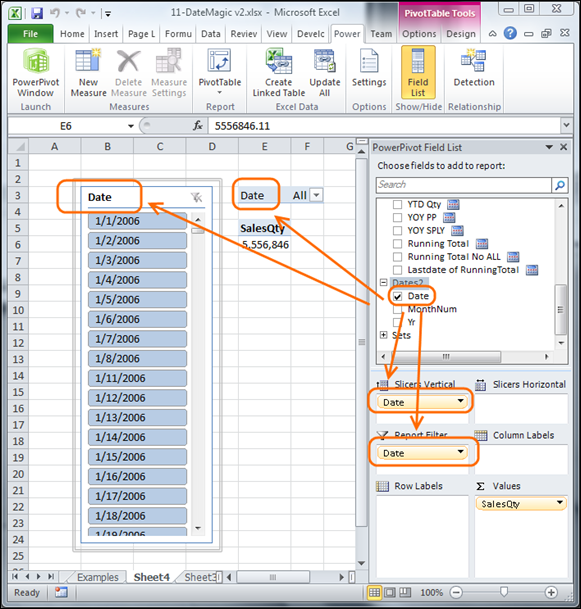

A 3-D reference includes the cell or range reference, preceded by a range of worksheet names. For example, if you copy or fill a mixed reference from cell A2 to B3, it adjusts from =A$1 to =B$1.Ĭonveniently referencing multiple worksheets If you want to analyze data in the same cell or range of cells on multiple worksheets within a workbook, use a 3-D reference. If you copy or fill the formula across rows or down columns, the relative reference automatically adjusts, and the absolute reference does not adjust. If the position of the cell that contains the formula changes, the relative reference is changed, and the absolute reference does not change. An absolute row reference takes the form A$1, B$1, and so on. An absolute column reference takes the form $A1, $B1, and so on. Mixed references A mixed reference has either an absolute column and relative row, or absolute row and relative column. For example, if you copy or fill an absolute reference in cell B2 to cell B3, it stays the same in both cells: =$A$1. By default, new formulas use relative references, so you may need to switch them to absolute references. If you copy or fill the formula across rows or down columns, the absolute reference does not adjust.

If the position of the cell that contains the formula changes, the absolute reference remains the same. For example, if you copy or fill a relative reference in cell B2 to cell B3, it automatically adjusts from =A1 to =A2.Ībsolute references An absolute cell reference in a formula, such as $A$1, always refer to a cell in a specific location. By default, new formulas use relative references. If you copy or fill the formula across rows or down columns, the reference automatically adjusts. If the position of the cell that contains the formula changes, the reference is changed. Relative references A relative cell reference in a formula, such as A1, is based on the relative position of the cell that contains the formula and the cell the reference refers to. The difference between absolute, relative and mixed references Note: If the referenced worksheet has spaces or numbers in it, then you need to add apostrophes (') before and after the worksheet name, like ='123'!A1 or ='January Revenue'!A1. The exclamation point (!) Separates the worksheet reference from the cell range reference Refers to the range of cells from B1 to B10ģ. Refers to the worksheet named MarketingĢ. In the following example, the AVERAGE function calculates the average value for the range B1:B10 on the worksheet named Marketing in the same workbook.ġ. Making a reference to a cell or a range of cells on another worksheet in the same workbook The range of cells in columns A through E and rows 10 through 20 The range of cells in row 15 and columns B through E The range of cells in column A and rows 10 through 20 For example, B2 refers to the cell at the intersection of column B and row 2. To refer to a cell, enter the column letter followed by the row number. These letters and numbers are called row and column headings. References to cells in other workbooks are called links or external references.īy default, Excel uses the A1 reference style, which refers to columns with letters (A through XFD, for a total of 16,384 columns) and refers to rows with numbers (1 through 1,048,576). You can also refer to cells on other sheets in the same workbook, and to other workbooks. You can use references to use data contained in different parts of a worksheet in one formula or use the value from one cell in several formulas. You can browse through the individual sections below to learn more about specific formula elements.Ī reference identifies a cell or a range of cells on a worksheet, and tells Excel where to look for the values or data you want to use in a formula. With real-world examples and helpful visuals, you’ll be able to Sum, Count, Average, and Vlookup like a pro. If you’re new to Excel, or even if you have some experience with it, you can walk through Excel’s most common formulas in this tour. We've put together a Get started with Formulas workbook that you can download. Select the range of cells, and then type a closing parenthesis). For example, =SUM for getting the total sales. Type an equal sign = and then type a function. To see a formula, select a cell, and it will appear in the formula bar.Įnter a formula that contains a built-in function

When a formula is entered into a cell, it also appears in the Formula bar. The result of the calculation appears in the cell with the formula. Select the next cell, or type its address in the selected cell. Select a cell or type its address in the selected cell.Įnter an operator. Note: Formulas in Excel always begin with the equal sign.


 0 kommentar(er)
0 kommentar(er)
